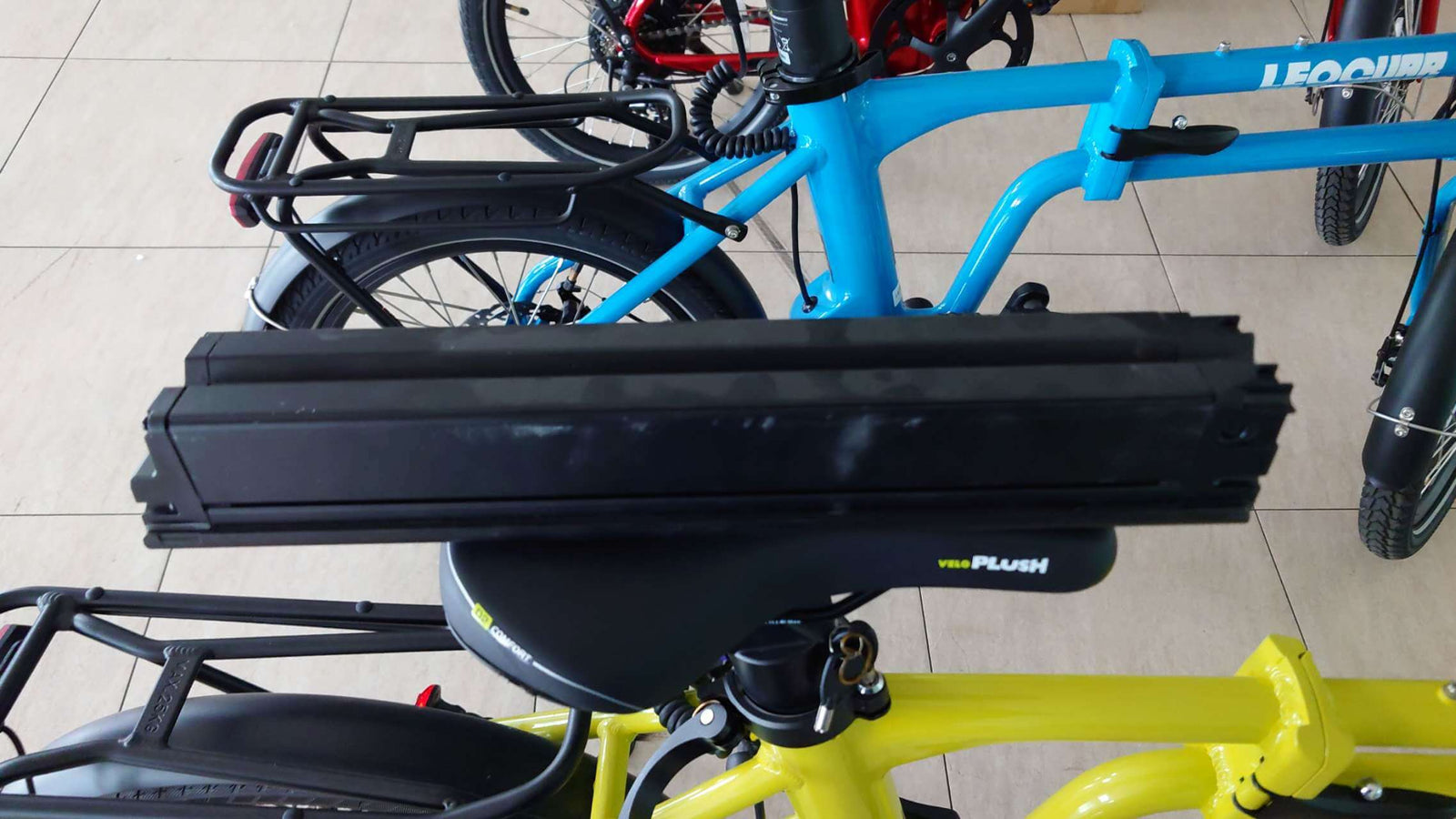
E-bike Battery Life - How Long & What Affects It
One of the most common concerns for e-bike enthusiasts is the longevity of their battery. Will it last for their daily commute? How far can they explore before needing a recharge? The battery is the heart of an e-bike, determining its range and overall performance. This article aims to demystify e-bike battery life, explaining the factors that influence it and how to maximize its lifespan.
Key Factors Affecting E-bike Battery Life
Several factors contribute to how long an e-bike battery will last. Battery capacity, measured in Amp-hours (Ah) or Watt-hours (Wh), is a primary determinant of range. A higher capacity battery generally allows for longer distances. Amp-hours indicate the amount of current a battery can deliver over time, while Watt-hours represent the total energy stored.

Motor power and usage also play a significant role. Higher wattage motors consume more energy, reducing battery life. Similarly, riding style impacts battery drain. Constant high assist levels or aggressive acceleration deplete the battery faster than moderate use. Terrain and riding conditions are crucial; hills, wind resistance, and rough road surfaces require more power, shortening battery life. City riding, with frequent stops and starts, differs significantly from off-road adventures.
Rider weight and cargo contribute to battery consumption. Heavier riders and loads demand more power from the motor, reducing range. Temperature also affects battery performance. Extreme temperatures, both hot and cold, can negatively impact battery efficiency and lifespan. The optimal temperature range for e-bike batteries is typically between 50°F and 80°F (10°C and 27°C).
Finally, battery age and maintenance are essential considerations. Batteries degrade over time, losing capacity with each charge cycle. Proper charging and storage practices can prolong battery life. Avoid overcharging, store batteries in a cool, dry place, and keep them partially charged when not in use for extended periods.

Typical E-bike Battery Ranges
Typical e-bike battery ranges vary depending on the bike type and battery capacity. Commuter e-bikes often provide 25-50 miles on a single charge, while mountain e-bikes, used in more demanding conditions, might offer 20-40 miles. Cargo e-bikes, designed for heavy loads, may have a range of 30-60 miles. It's important to distinguish between advertised range and real-world range. Advertised ranges are often based on ideal conditions, while real-world ranges are influenced by the factors mentioned earlier. Estimating your e-bike's range involves considering these variables and your riding style. Using lower assist levels can significantly extend range.
Maximizing E-bike Battery Life
To maximize e-bike battery life, follow proper charging and storage practices. Charge your battery fully before use, avoid leaving it plugged in for extended periods after it's fully charged, and store it in a cool, dry place. Regular maintenance, including checking battery connections and ensuring proper ventilation, is also essential. Optimize your riding style by using lower assist levels when possible and avoiding aggressive acceleration.
E-bike battery life is influenced by various factors, including capacity, motor power, riding conditions, and maintenance. Understanding these elements is crucial for maximizing battery lifespan and enjoying a reliable riding experience. Proper maintenance and responsible riding habits can significantly extend battery life, ensuring that your e-bike remains a convenient and efficient mode of transportation for years to come.



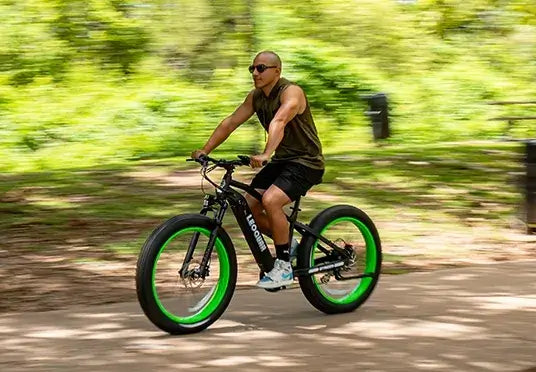





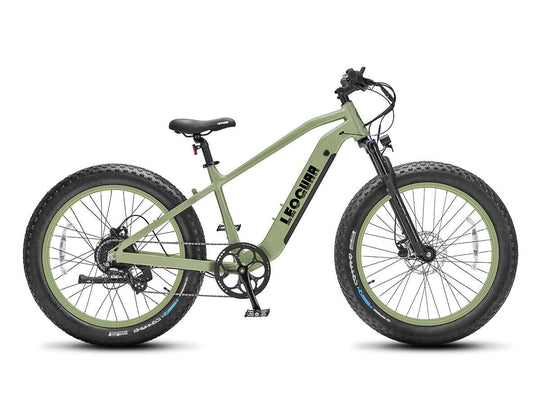
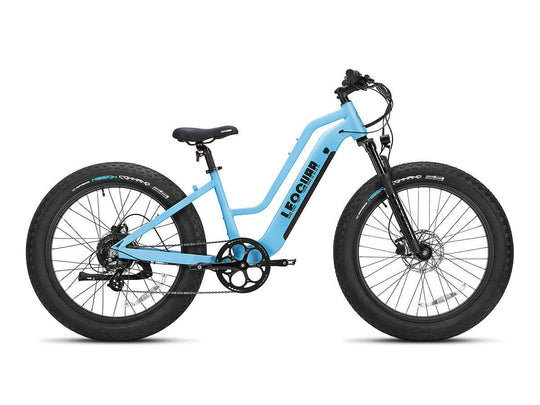
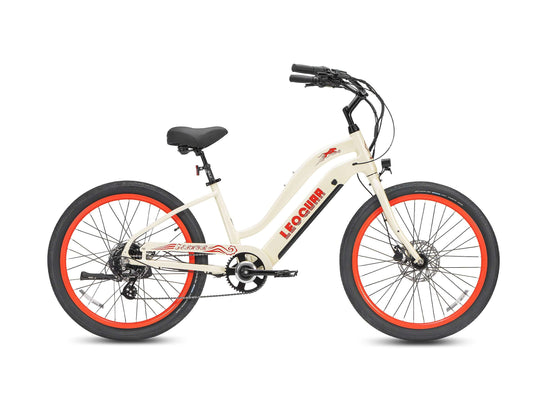
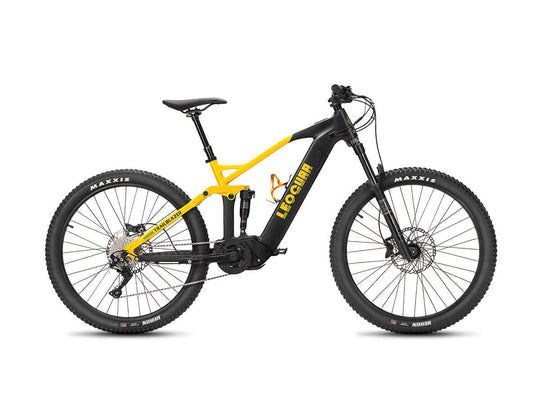

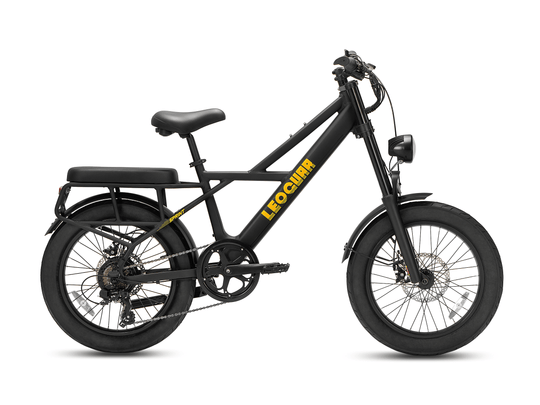
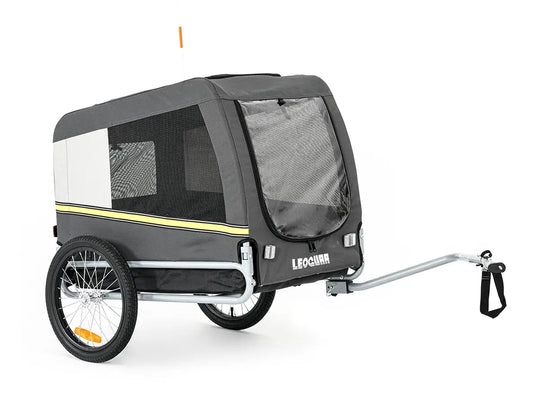
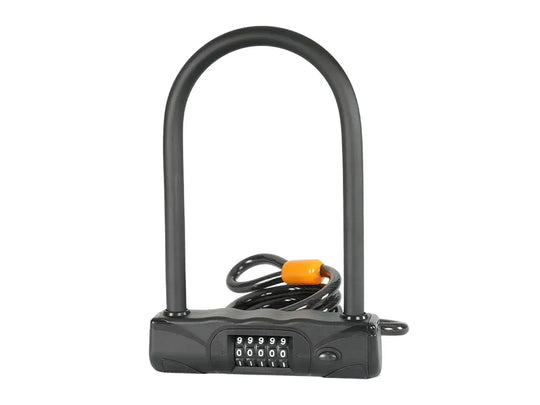

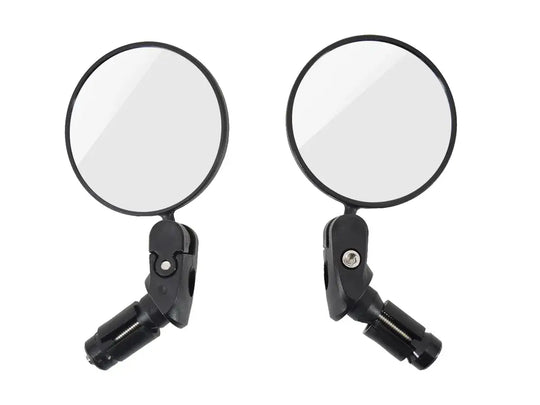
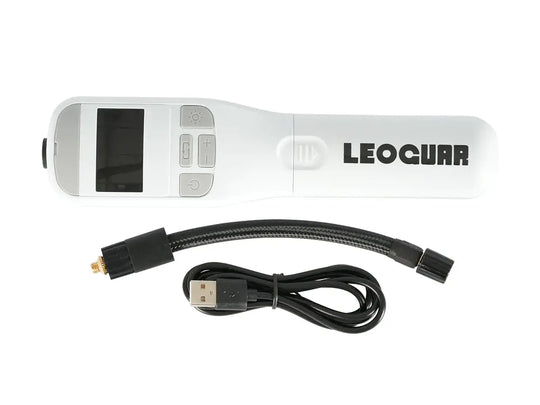
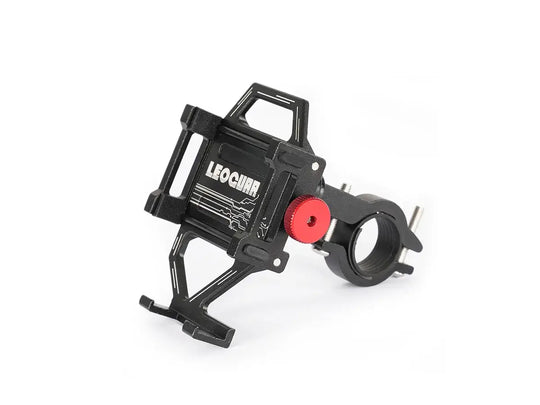
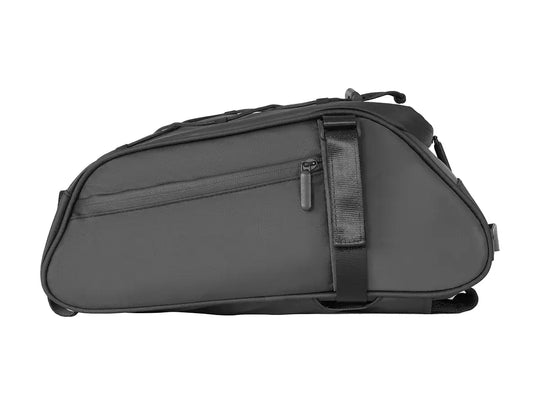
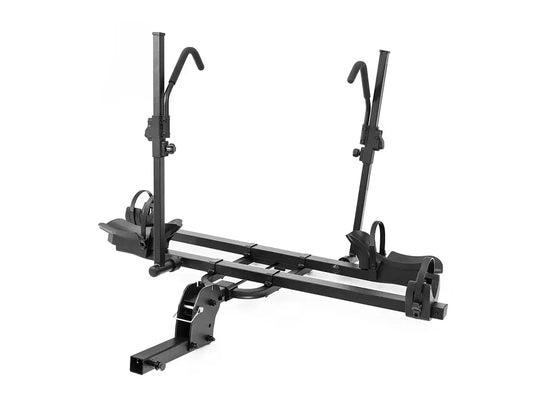
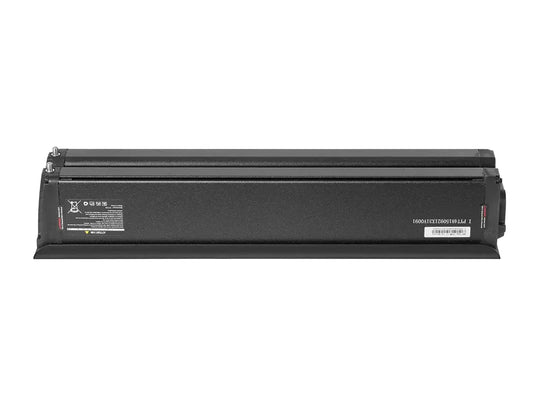

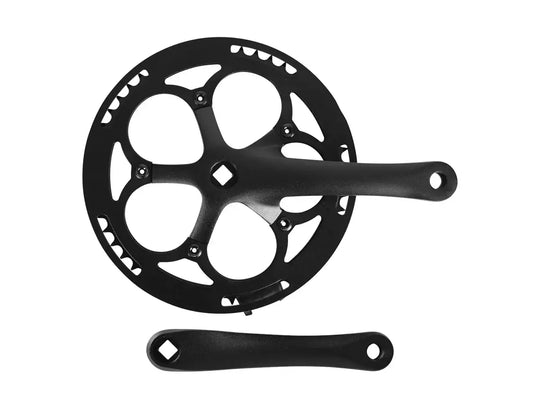
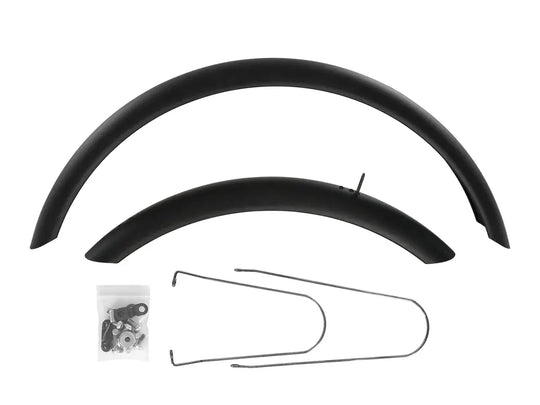
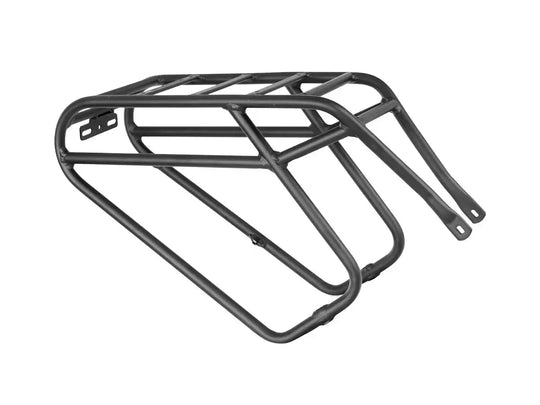
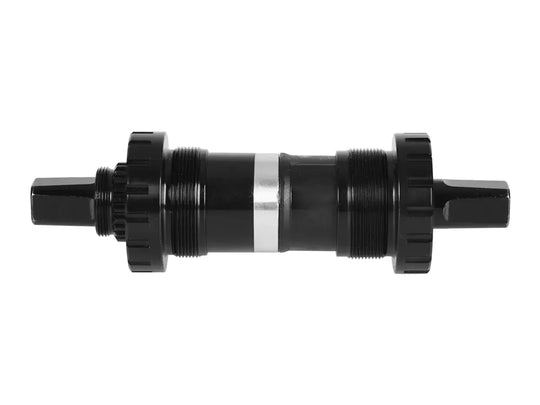
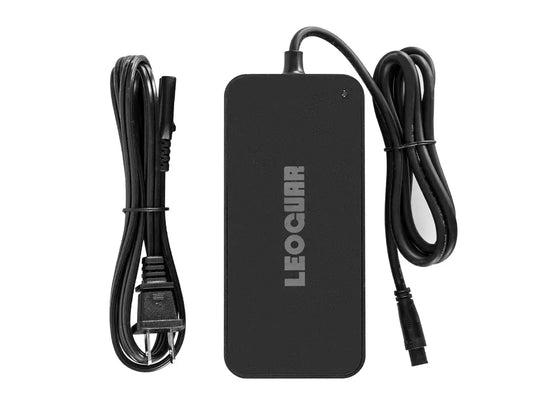
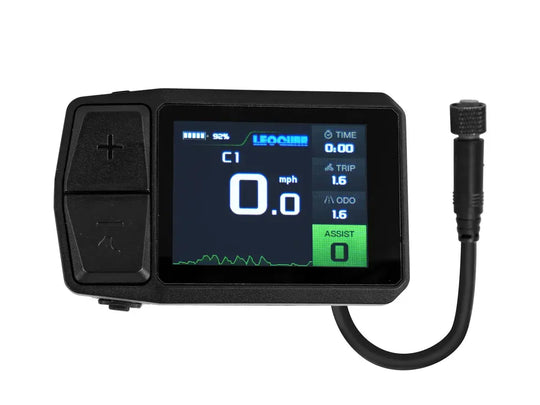







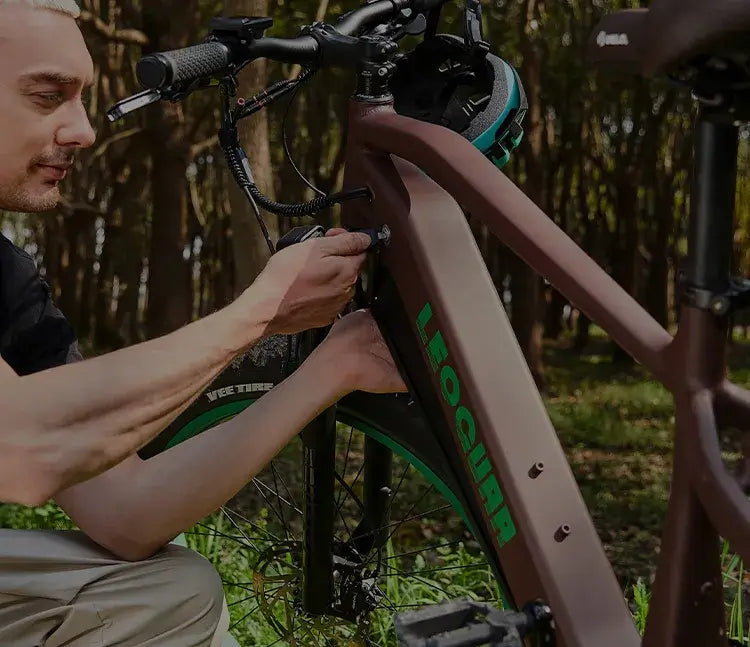
Leave a comment